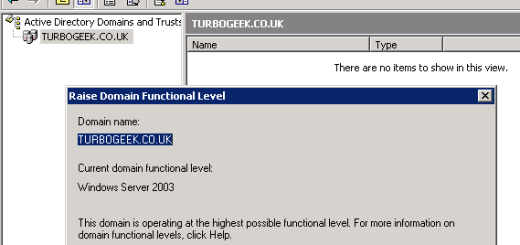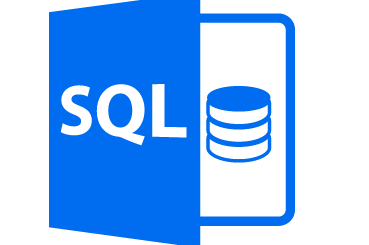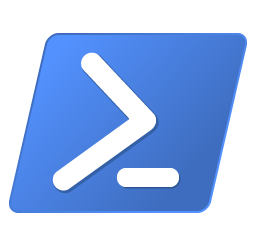Advanced Exchange Message Tracking Techniques
Exchange Message tracking is a powerful feature that allows administrators to trace emails as they navigate through various components of the Exchange infrastructure. While you can employ the Exchange Management Console (EMC) for message tracking, using the Exchange Management Shell proves to be a more efficient and reliable method.

How to use Exchange Message Tracking Efficiently with the Management Shell
The Exchange Management Shell boasts specialized commands for precise message tracking across mailbox and edge servers. This method surpasses the GUI’s limited capabilities, offering consistent and comprehensive results.
Here’s a sample command to fetch a list of messages from a specific sender:
Get-MessageTrackingLog -Sender [email protected] | select MessageID,timestamp,EventID,Source,Sender,Recipients,MessageSubject | Sort-Object TimeStamp | ft -autosizeFine-Tuning Shell Output
If you encounter issues with the output table formatting, adjusting the shell window buffer is recommended. To do this, right-click on the shell toolbar, navigate to ‘Properties’, go to ‘Layout’, and modify the ‘Screen Buffer Size’ width to 500.
Tracking Messages Over a Time Range
Adding a date parameter can extend the tracking capabilities, allowing you to fetch the history of received messages for a specific sender over a set period. This is especially useful for mailboxes that handle batch jobs and consequently have a large volume of messages. Below is a command to view messages from the last three days:
Get-MessageTrackingLog -Sender [email protected] -start (get-date).adddays(-3) | select MessageID,timestamp,EventID,Source,Sender,Recipients,MessageSubject | Sort-Object TimeStamp | ft -autosizeIdentifying and Locating Messages by MessageID:
Once you’ve pinpointed a message you’d like to track further, the MessageID can be used to filter the search. Replace the -Sender [email protected] section with -MessageID message-id.
On edge servers, this typically yields just a few tracking instances, such as “Receive” to Edge and “Send” to the next hop, be it a mailbox server or an external smart host. In contrast, mailbox servers will display multiple tracking instances that can include terms like ‘receive,’ ‘send,’ ‘storedriver,’ ‘transport,’ ‘mailbox,’ and ‘deliver.’ The range and types of these instances will differ based on the mailbox location.
Cross-Platform Exchange Message Tracking
It’s worth noting that the MessageID is not exclusive to the Exchange environment and can be utilized in external systems like Symantec.Cloud to identify specific messages.
Key Advantages of Exchange Management Shell:
- Precision: Pinpoint exact message locations and delivery statuses.
- Flexibility: Customize queries for specific time ranges, senders, recipients, or message subjects.
- Efficiency: Execute complex tracking tasks quickly and easily.
- Reliability: Obtain consistent and accurate results.
Conclusion:
Mastering Exchange message tracking with the Management Shell is an essential skill for any administrator. Its robust capabilities streamline troubleshooting, enhance email deliverability, and optimize overall system performance.




Recent Comments